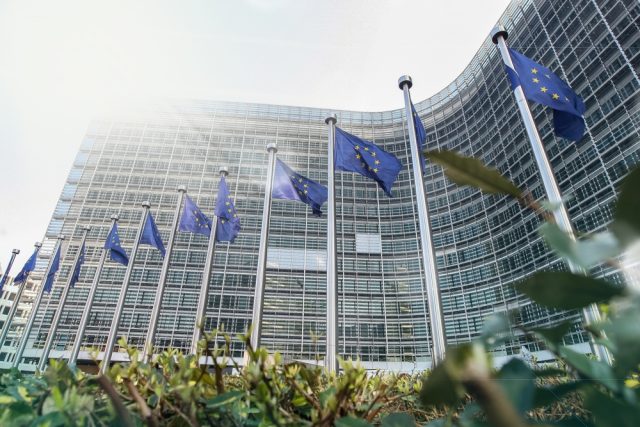
As the EU prepares to propose a 90% emissions reduction goal for 2040, divisions remain among member states over how fast—and how flexibly—the bloc should act
On Wednesday, July 2, the European Commission is set to unveil a much-anticipated legislative proposal outlining the European Union’s climate target for 2040. At the core of the proposal is a bold objective: reducing net greenhouse gas emissions by 90% compared to 1990 levels. This would mark a significant intermediate milestone on the EU’s legally binding path to achieving climate neutrality by 2050.
The 2040 target builds on the bloc’s current goal of cutting emissions by 55% by 2030, as part of its broader Green Deal framework. If adopted, the new target would position the EU as one of the most ambitious global actors in climate policy. But reaching a political consensus on such an aggressive reduction goal is far from guaranteed. The upcoming proposal is already exposing fault lines between member states over the pace and mechanisms of climate action.
The 2040 Milestone: A Bridge to Net-Zero
The EU has long committed to leading the global fight against climate change. The European Climate Law, adopted in 2021, made its 2050 net-zero target legally binding. However, that law also called for clear interim targets to guide policy and investment decisions over the coming decades. The 2040 target fills that gap. The expected 90% reduction target would significantly ramp up the pressure on industries, energy systems, and national governments. It implies a near-total transformation of the European economy within the next 15 years. While the details of the proposal are still under wraps, sources close to the Commission suggest that the legislation may include limited flexibility. One possibility under discussion is allowing member states to use international carbon credits—up to 3%—to meet their targets.
Fractured Unity: A Debate Among Member States
The upcoming legislative proposal has already been a topic of heated discussion among EU leaders. During the recent European Council summit, countries expressed diverging views on how ambitious—and how realistic—the 2040 goal should be.
France, for instance, has called for “technological neutrality” and greater realism in how targets are set and achieved. This position reflects concerns that overly rigid frameworks could stifle innovation or disproportionately affect certain industries. Paris is also cautious about placing heavy short-term burdens on sectors like nuclear or agriculture without ensuring that viable technological alternatives are in place. In contrast, nations like Denmark and several Nordic countries are pushing hard for ambition and urgency. They argue that delaying aggressive action will only raise the social and economic costs of the transition in the long run. For these countries, any allowance for international carbon credits—rather than direct emissions cuts within the EU—is seen as weakening the integrity of the bloc’s climate policy.
A Tipping Point for Europe’s Climate Policy
The debate over the 2040 target reveals broader tensions about how Europe should lead the energy transition. It raises fundamental questions: Should flexibility and innovation take precedence, or should regulatory certainty and ambition be prioritized? Can all member states be expected to move at the same pace, given their differing economic structures and energy mixes? The Commission’s proposal will not end this debate, but it will anchor it in law. Once released, the draft will enter a lengthy negotiation process involving the European Parliament and the Council, with final adoption likely to come no sooner than 2026. Along the way, key elements—such as the role of carbon markets, sector-specific obligations, and the availability of EU funds to support green investment—will be contested and reshaped.
Global Implications
Whatever the final shape of the 2040 target, the EU’s decision will resonate far beyond its borders. A strong, credible commitment could help galvanize international climate efforts ahead of upcoming global climate summits. It may also influence how global investors, businesses, and innovators align their strategies with Europe’s transition agenda. But the stakes are high. A diluted or divisive agreement could signal hesitation just when global emissions need to fall rapidly. In this sense, the 2040 target is not just a waypoint—it is a test of Europe’s resolve, unity, and leadership in one of the most defining challenges of our time.



 Subscribe
Subscribe